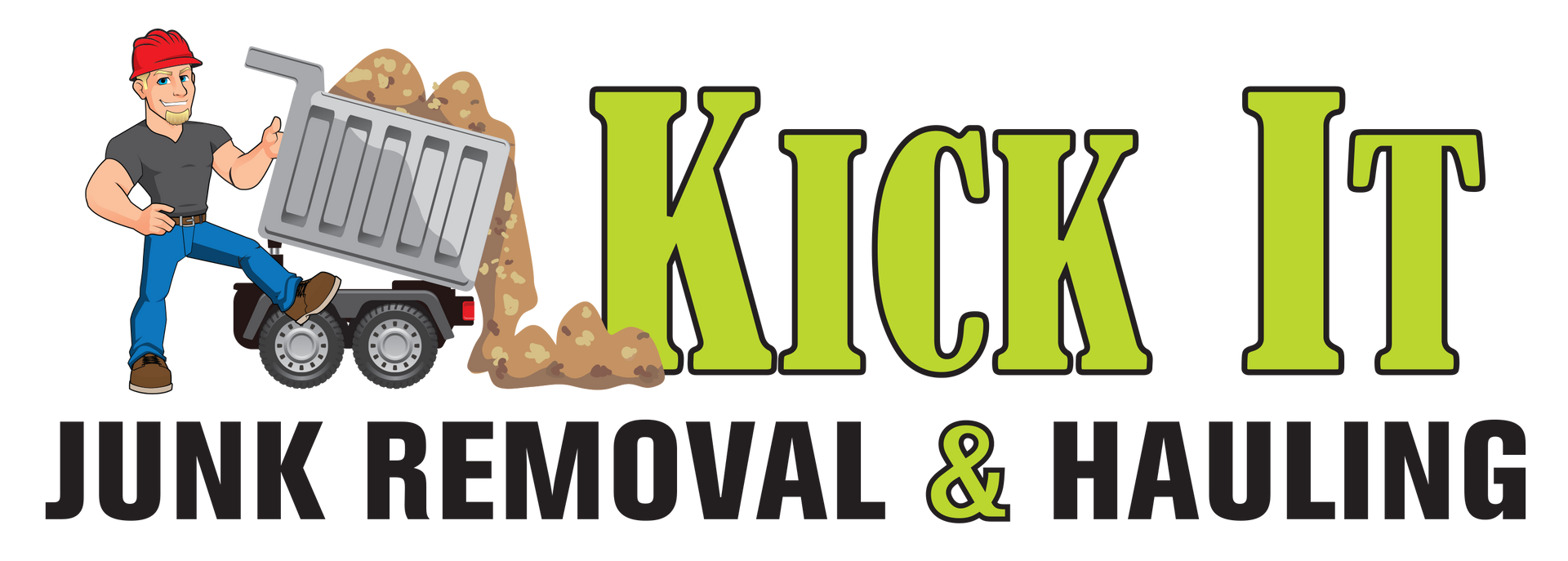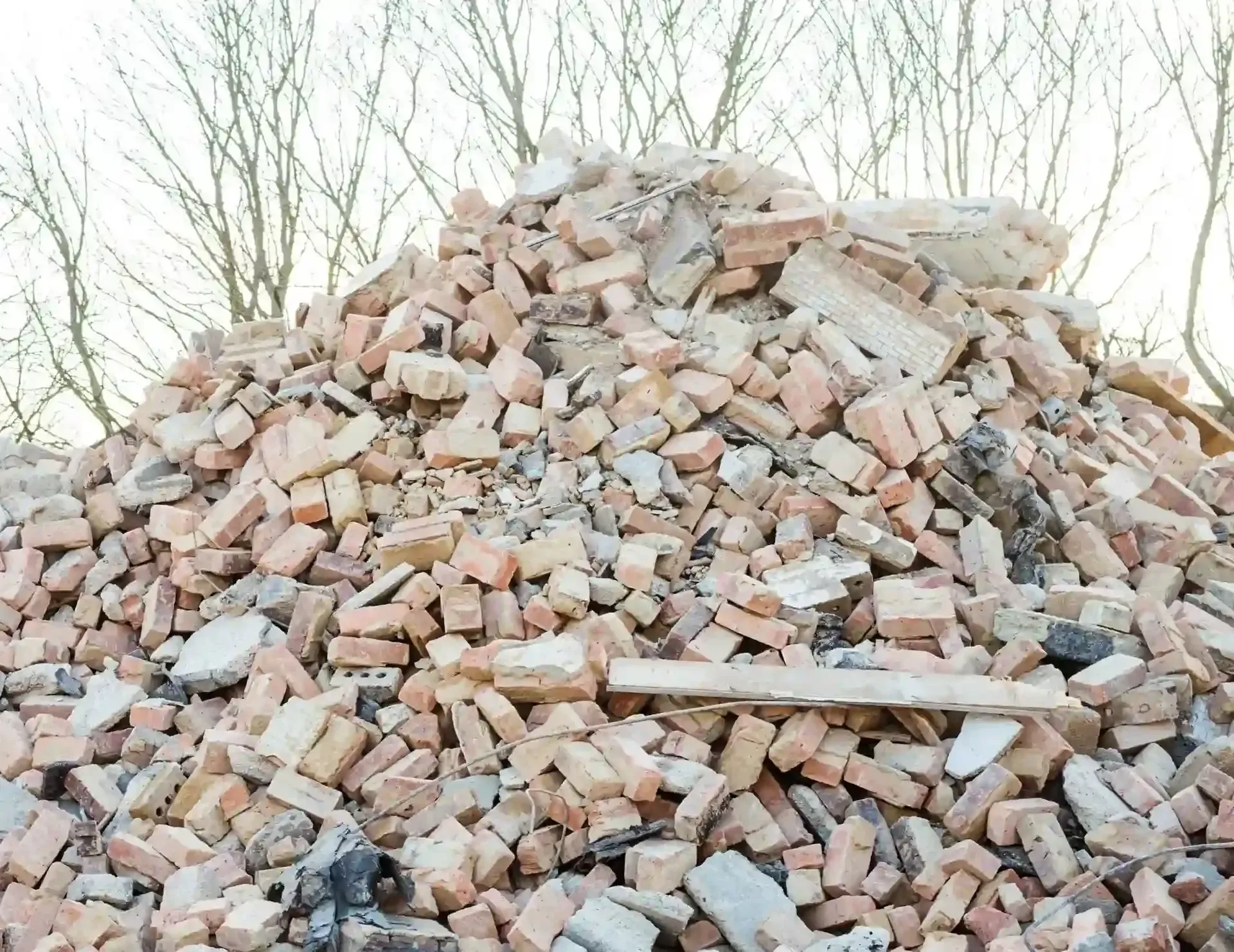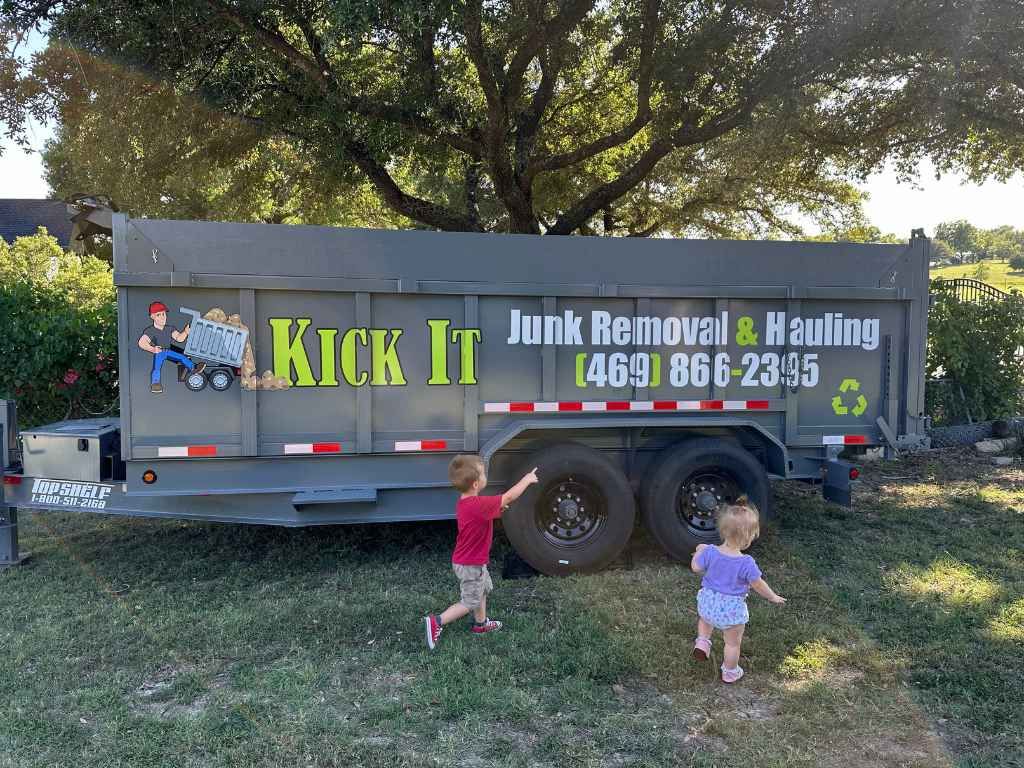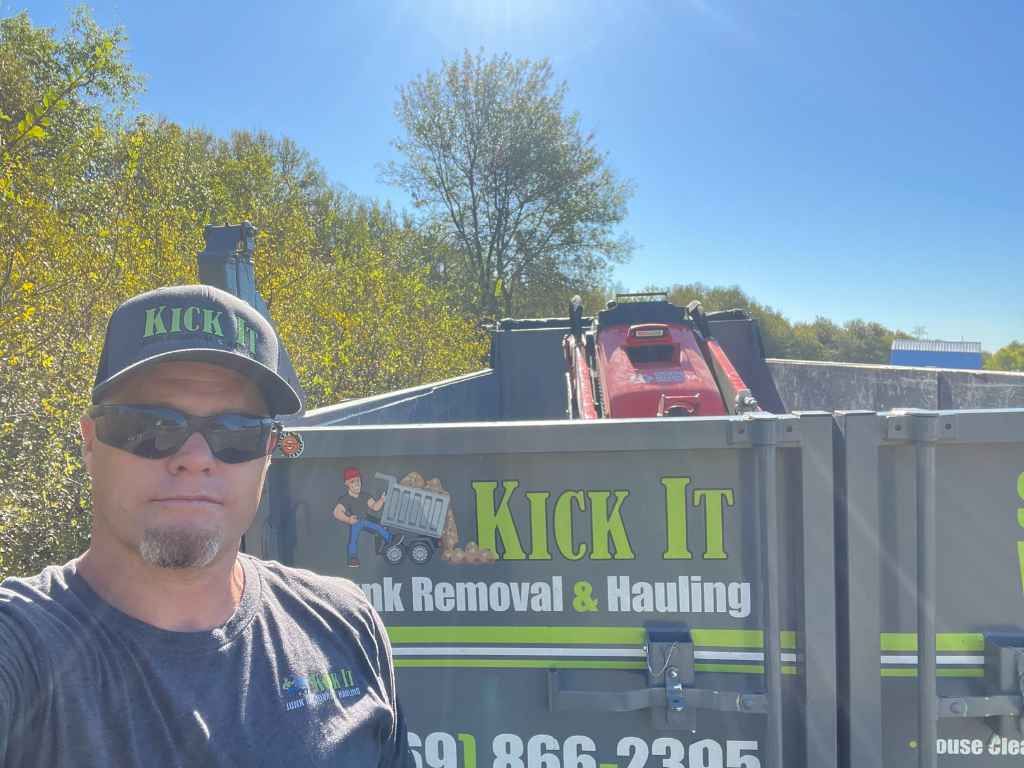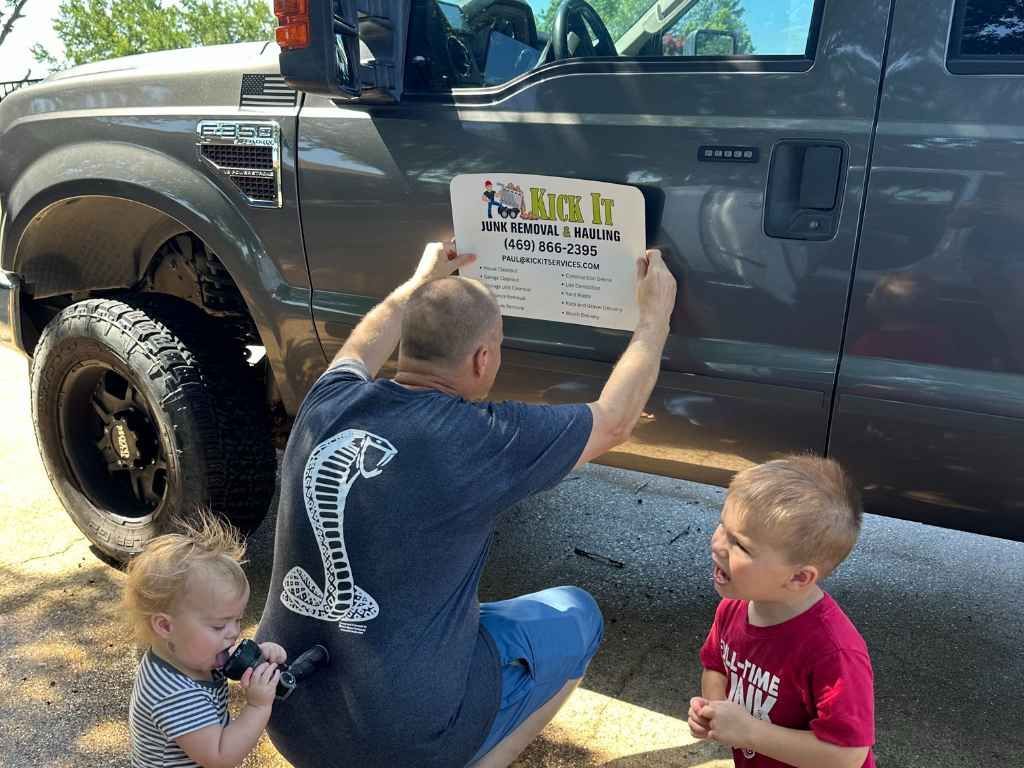What to Do with the Debris After Concrete Removal
When undertaking a concrete removal project, whether it's for a driveway, sidewalk, patio, or any other concrete surface, one question often lingers in the minds of homeowners and contractors: What happens to all the debris once the concrete is removed? The process of concrete removal is inherently messy, leaving behind large chunks and dust that need to be dealt with properly. In this article, we will explore various ways you can handle the debris left behind, from disposal and recycling to repurposing for other projects.
Understanding Concrete Removal
Concrete removal is a demanding job that typically involves breaking up large slabs into smaller, manageable pieces. Whether you're demolishing a patio, driveway, or foundation, the process can produce significant amounts of waste. It's not just the debris that’s left behind; the removal itself generates dust and other hazardous materials that need to be handled with care.
Concrete debris, while seemingly mundane, consists of solid materials that can be harmful to the environment if not disposed of properly. The question isn't just about getting rid of the debris—it’s also about doing it responsibly, making sure it doesn’t end up as a landfill burden when there may be more eco-friendly options available.
Efficient Ways to Handle Concrete Debris After Removal
When dealing with concrete debris after removal, it's crucial to consider your disposal options carefully. Recycling is one of the most eco-friendly methods, turning waste into valuable materials like road base or landscaping aggregates. Crushed concrete can be repurposed for new construction projects or garden pathways, significantly reducing waste and promoting sustainability.
Another viable option is to hire a professional removal service that specializes in debris disposal. They ensure that the concrete is either recycled or disposed of safely, keeping your property clean while also maintaining a responsible approach to waste management.
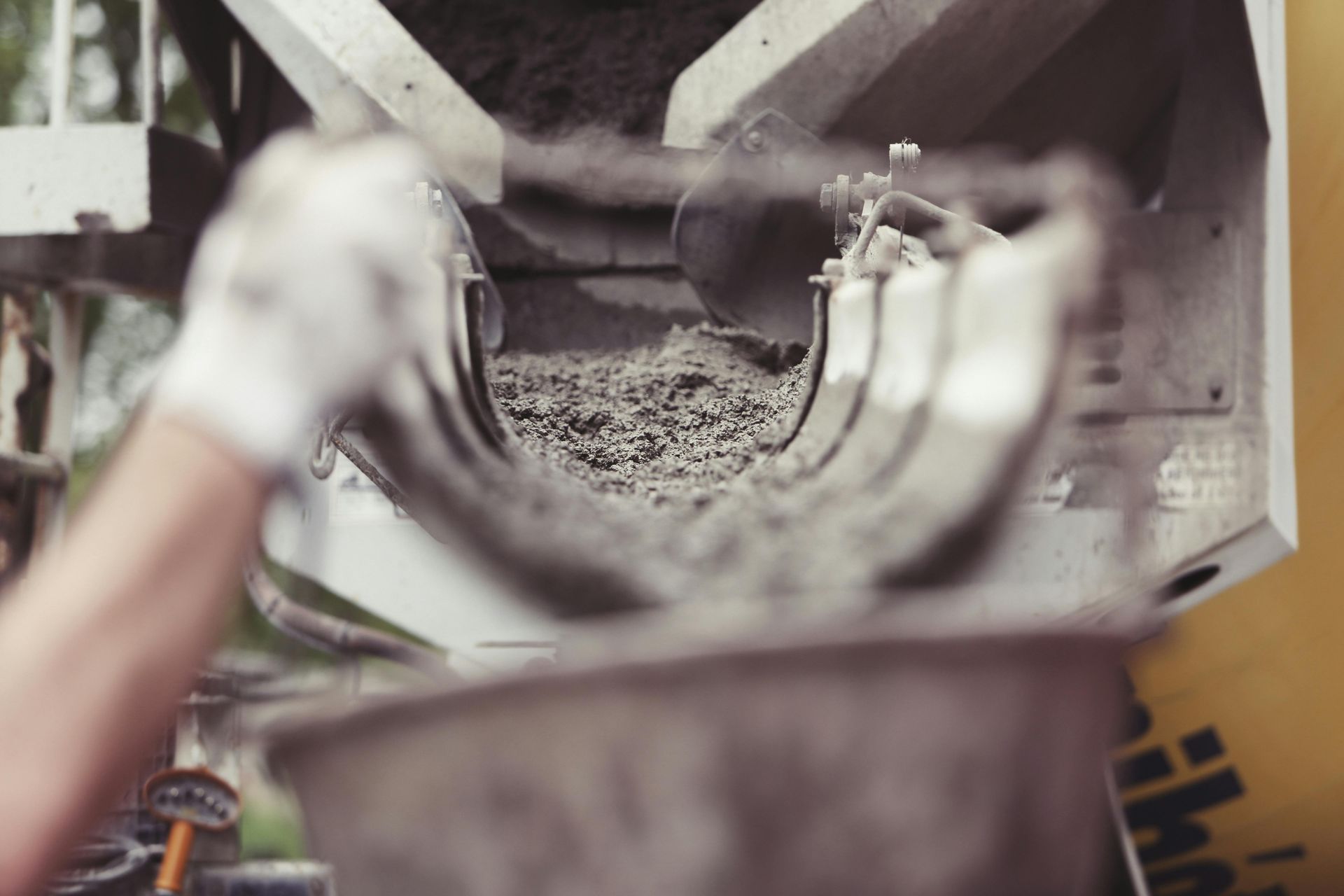
The Environmental Impact of Concrete Debris
Concrete, while durable and long-lasting, does not naturally degrade in the environment. When disposed of improperly, it can contribute to landfills and lead to soil and water contamination. That’s why it’s critical to take an environmentally conscious approach when handling concrete debris.
One of the more common concerns with discarded concrete is the release of chemicals that might contaminate water sources. Additionally, the sheer volume of waste produced can place unnecessary stress on waste management systems, particularly if the debris is not sorted for recycling.
Recycling Concrete Debris: A Sustainable Approach
One of the most sustainable ways to handle concrete debris is to recycle it. In fact, concrete is one of the most widely recycled materials in the world, and it’s easy to understand why: it’s abundant, durable, and versatile. Instead of tossing the debris in a landfill, you can repurpose it for a variety of new construction projects.
Crushed Concrete for Road Base or Driveways
One popular recycling method is to crush the removed concrete into smaller chunks, turning it into a valuable aggregate material. Recycled concrete can be used as a base material for new roads, driveways, or even for landscaping projects. It’s a cost-effective and environmentally friendly alternative to using virgin materials.
Concrete in Landscaping Projects
Recycled concrete can also find a second life in landscaping projects. Its rough texture makes it perfect for use as a base for retaining walls, paths, and even decorative elements like garden borders. If you're looking to upgrade your yard and give it a rustic, industrial aesthetic, consider using crushed concrete as part of your landscaping materials.
Concrete as Fill Material
For large construction sites, concrete debris can be used as fill material. This is especially helpful for leveling out areas of land before building new structures. Not only does this help reduce waste, but it also saves on the cost of purchasing other fill materials.
Hiring a Concrete Removal Service: The Right Choice for Debris Management
If you’re unsure about how to handle the concrete debris from your project, hiring a professional concrete removal service is a wise decision. A junk removal company like Kick It Junk Removal & Hauling can assist in not only removing the debris but also in ensuring it’s disposed of properly. The advantages of hiring a professional service go beyond just debris removal—here’s how they can help:
- Efficient Debris Disposal
Concrete removal is labor-intensive, and hauling away the debris requires specialized equipment to safely and efficiently transport the material. Hiring a professional ensures that the debris is cleared promptly, and your space is left spotless. - Sustainable Disposal Practices
Many professional services have established relationships with recycling centers and know how to separate the debris for recycling. By partnering with such services, you can be assured that your concrete debris won’t just be sent to a landfill, but will be repurposed for other uses. - Expertise and Safety
Removing concrete is a hazardous job, particularly when it comes to dealing with sharp edges and heavy materials. Professional removal services are equipped with the necessary tools, safety gear, and expertise to handle the task, reducing the risk of injury and ensuring the job is done correctly.
Creative Solutions for Concrete Debris Disposal and Repurposing
After concrete removal, you might wonder how to make use of the leftover debris. One option is repurposing it for DIY projects, such as creating concrete planters or fire pits for your garden. These functional yet decorative pieces can enhance your outdoor space while reducing waste. Concrete can also be used for landscaping projects, creating rustic borders or pathways.
Alternatively, consider hiring a concrete removal service that not only clears your debris but also ensures it's disposed of sustainably. They handle the logistics, making the process easier and more efficient for you.
Options for Disposal of Concrete Debris
While recycling is a preferred option, there are other methods of disposal for concrete debris, depending on your situation and location. Here are several options to consider:
Landfill Disposal
For smaller-scale projects, landfill disposal may be a viable option. However, this should be a last resort due to the environmental impact. It's essential to check with local authorities or waste management providers to ensure that concrete debris is accepted at the landfill.
Local Waste Management Facilities
In some cases, local waste management facilities will accept concrete debris for a fee. These facilities typically process concrete for recycling, though you should confirm whether they have the capacity to handle your specific type of debris.
Dumpster Rental for Concrete Removal
If you're planning a larger concrete removal project, renting a dumpster is a convenient option. Many dumpster rental companies offer bins specifically for construction and demolition waste, including concrete. Be sure to inquire about weight limits and any additional fees for disposing of concrete debris.
Repurposing Concrete Debris for DIY Projects
If you're the creative type and enjoy DIY projects, there are plenty of ways you can repurpose concrete debris in your own backyard or around your home. Here are some innovative ways to use concrete remnants:
Make Your Own Concrete Planters
With a bit of creativity, you can turn chunks of concrete into beautiful planters for your garden. Simply clean the concrete, add some drainage holes, and you have a rustic, industrial-style planter that will stand out in your outdoor space.
Create a Concrete Fire Pit
Another DIY project that makes use of leftover concrete is creating a fire pit. Concrete is naturally heat-resistant, so it can withstand the high temperatures of a fire pit. By stacking and arranging pieces of concrete, you can craft a functional and stylish outdoor feature.
Decorative Concrete Pieces
For smaller concrete pieces, you can use them to create decorative elements around your yard, such as stepping stones or garden sculptures. With a little paint and ingenuity, old concrete can become a striking focal point in your garden or driveway.
What to Do with the Dust and Fine Particles
When concrete is removed, especially during the demolition phase, it produces fine dust and small particles that can linger in the air. This dust can be hazardous to both the environment and your health. It’s essential to take steps to manage this fine debris:
Dust Suppression Methods
Using water to suppress dust during the removal process is one effective way to keep airborne particles from spreading. Wetting down the concrete before breaking it up helps to reduce dust in the air.
Use of Dust Containment Systems
For larger projects, dust containment systems can be set up to capture and filter dust particles. These systems are designed to keep the worksite clean and minimize the environmental impact of the debris.
Sustainable Ways to Manage Concrete Debris After Removal
Concrete removal projects can leave behind substantial amounts of debris, but there are sustainable ways to manage it. One option is recycling, where the concrete is crushed and reused for projects like road construction or landscaping. This process reduces waste and repurposes the material, minimizing environmental impact. By choosing recycled concrete for new construction, you contribute to a more eco-friendly approach to building.
If you prefer a hands-off approach, a professional junk removal service can handle the debris for you. These services ensure that the concrete is disposed of properly, offering both convenience and environmentally responsible options.
Conclusion
Handling the debris after concrete removal may seem like a daunting task, but there are plenty of ways to manage it responsibly. From recycling and repurposing the material to hiring a professional service for safe and efficient disposal, you have options that can reduce your environmental impact and even provide benefits for future projects.
Kick It Junk Removal & Hauling is committed to providing the highest level of service in debris removal and disposal. We understand the importance of not only removing the debris but ensuring it’s disposed of responsibly, and we pride ourselves on offering eco-friendly disposal solutions. Whether you’re clearing a small area or tackling a large-scale project, our team is here to help.
Kick It Junk Removal & Hauling
14339 Stanley Lane, Forney, Texas 75126, United States
Phone: 469-866-2395
Email: Paul@kickitservices.com
